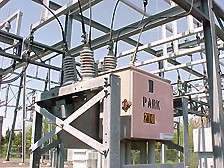 |
|
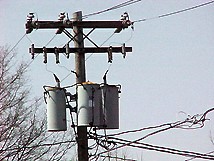 |
| 1. Electricity
comes from the power plant to the substation where it is transformed to
lower voltage. |
|
2. The
electricity travels on power lines. On the power lines are large glass
insulators that prevent the electricity from traveling through the support
of the cables. |
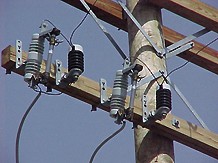 |
|
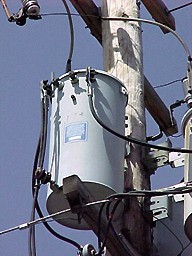 |
| 3. Electricity
is carried on poles in our area towns. Electricity can be carried underground
also, but this system is not found in our region of Southeastern Pennsylvania. |
|
4. From the
pole the electricity is again transformed. Power for residential use comes
into the home at 220 volts. Some businesses may have higher voltage lines.
Wiring connections for phones and cable TV are also located on the electric
poles. |
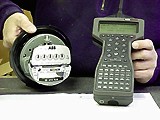 |
|
 |
| 5. From
the cables the energy travels to the a meter that measures electric usage. |
|
6. The
line then goes to the main fuse box or circuit breaker box in the house.
These protective devices break the circuit if the maximum capacity of
an electrical circuit is exceeded. |
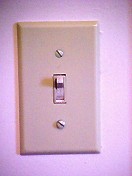 |
|
 |
| 7. Switches in the
house can be opened to break the circuit or closed to complete it. The
breaking or completing of circuits, makes the electricity travel to a
light or electrical equipment to turn it on or off. |
|
8. Electrical receptacles
or outlets allow appliances and portable devices to be plugged in to obtain
electrical current. |




